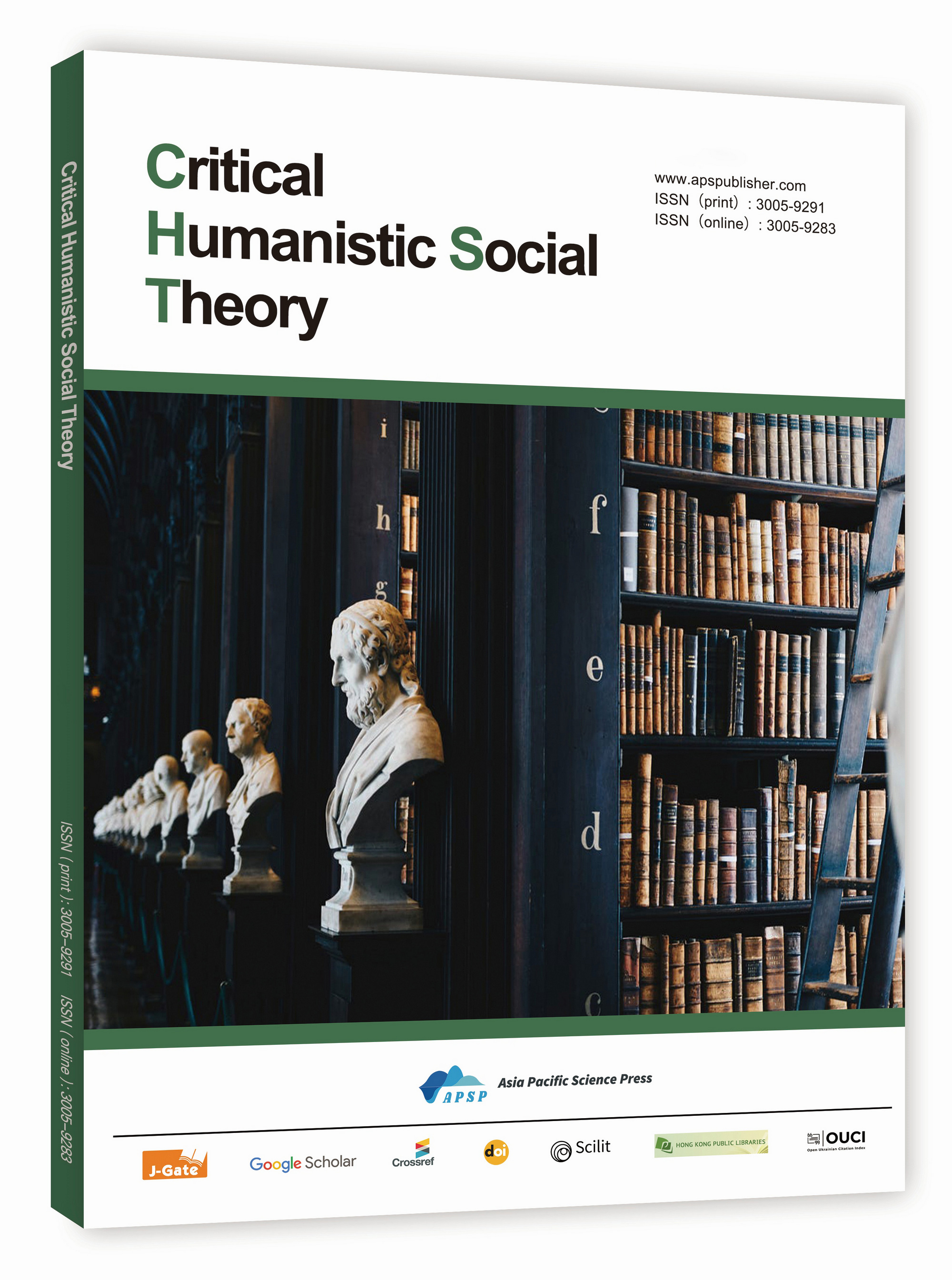View the Modern Interpretation of Chinese Landscape Painting From A Tapestry of a Legendary Land
DOI:
https://doi.org/10.62177/chst.v2i2.221Keywords:
Wang Ximeng, A Tapestry of a Legendary Land, Map of A Thousand Miles of RiversAbstract
The movie A Tapestry of a Legendary Land, directed by famous directors Zhou Liya and Han Zhen, produced by the Palace Museum and China Oriental Performing Arts Group, and the creation background of the national treasure-level cultural relic "Thousand Miles of Rivers and Mountains" was launched on major screens this summer, setting a peak in the box office of this type of film in China. The film combines the charm of Song Dynasty landscapes with modern aesthetics, breaks the limitations of paintings and dance dramas, and conveys the emotions contained in famous paintings to the audience from a more free perspective. This article starts from the evolution of "A Thousand Miles of Rivers and Mountains" to the movie A Tapestry of a Legendary Land and summarizes and summarizes the film technology to shift green landscape painting from a two-dimensional plane to a three-dimensional space, which can better reflect the beauty of Chinese painting's artistic conception, stimulate the emotional resonance of the audience, and promote the creative transformation and innovative development of Chinese traditional culture.
Downloads
References
Wang Qiuyan J.: Exploring the origin of traditional green and green mountains and water colors. Cultural Monthly, 2024, 09, 175-177.
Shi Tao M.: Quotes on Paintings of Bitter Melon Monk. 2013.
Yang Bojun M.: Translation and Analects of Confucius. 2009.
Guo Xi M.: Lin Quan Gaozhi. 2016, 11-12.
Xie JinJ.: Research on the relationship between color and ink in green landscape paintings from the perspective of the "Belt and Road" and modern exploration art appreciation, 2024, 24:4-7.
Liu Guirong, Zhao HaoJ.: "Ware of literature" and "way of heaven": the perspective of "way of art" and its life texture - an exploration based on the philosophical thoughts of art in the Tang and Song dynasties. Journal of Hubei University (Philosophy and Social Sciences Edition), 2023, 50, 56-65.
Luo Jianbo, Yong Hanqing. "Fenggui" J.: Liu Xie's important criterion for evaluating the style of the Tang Dynasty. Social Sciences, 2024, 08:79-88.
Zhuangzi M.: Zhuangzi. 2016.
Xie JinJ.: Research on the relationship between color and ink in green landscape paintings from the perspective of the "Belt and Road" and modern exploration. Art Appreciation, 2024, 24, 11-12.
Fang Yanshou J.: Zhu Xi’s new interpretation of contemporary values of “My principles and destroy human desires”. Southeast Academics, 2016, 03, 215-220.
Fu Long, Deng Xin J.: The evolution and expression of classical music in movies. Contemporary Film, 2024, 08, 111-116.
Downloads
How to Cite
Issue
Section
License
Copyright (c) 2025 Shuolin Wang

This work is licensed under a Creative Commons Attribution-NonCommercial 4.0 International License.
DATE
Accepted: 2025-04-02
Published: 2025-04-04
















